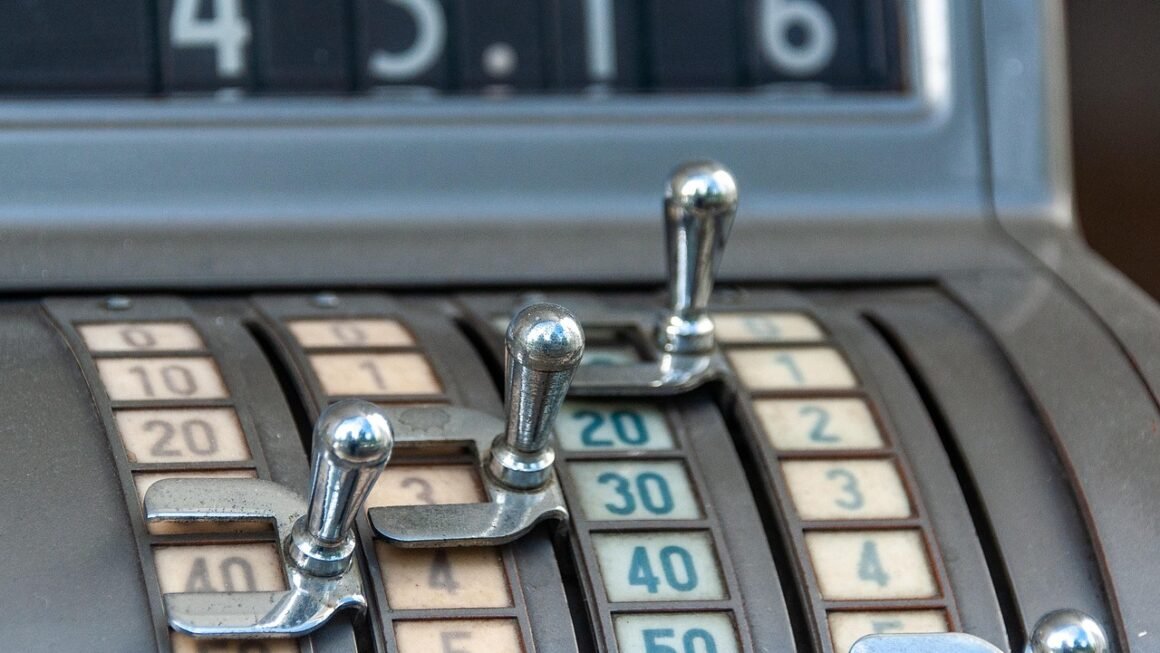Saving money can feel like a daunting task, especially when life throws unexpected expenses your way. But what if there was a safe and relatively simple way to not only protect your hard-earned cash but also watch it grow, even if just a little? Enter the savings account, a cornerstone of personal finance and a valuable tool for achieving your financial goals. This comprehensive guide will walk you through everything you need to know about savings accounts, helping you make informed decisions and maximize your savings potential.
Understanding Savings Accounts
What is a Savings Account?
A savings account is a basic deposit account held at a bank or credit union that pays interest on the money you deposit. It’s designed for short-term to medium-term savings goals, providing a safe place to store your funds while earning a modest return. Unlike checking accounts, savings accounts typically limit the number of withdrawals you can make per month.
Key Features of Savings Accounts
- Interest Rates: Savings accounts offer interest rates, which are the percentage the bank pays you for holding your money. Interest is typically compounded daily or monthly.
- FDIC/NCUA Insurance: Deposits are usually insured by the Federal Deposit Insurance Corporation (FDIC) for banks or the National Credit Union Administration (NCUA) for credit unions, protecting your money up to $250,000 per depositor, per insured institution.
- Accessibility: You can typically access your funds through online banking, mobile apps, ATMs, or by visiting a branch.
- Withdrawal Limits: Federal regulations (Regulation D) limit the number of certain types of withdrawals (e.g., electronic transfers, phone transfers, checks) to six per month. Exceeding this limit could result in fees or the conversion of your account to a different type.
- Minimum Balance Requirements: Some accounts require a minimum balance to avoid monthly fees or to earn a higher interest rate.
Types of Savings Accounts
- Traditional Savings Accounts: These are the most common type, offering a low to moderate interest rate and easy access to funds.
- High-Yield Savings Accounts (HYSAs): Offered by online banks and some traditional banks, HYSAs offer significantly higher interest rates than traditional accounts.
- Money Market Accounts (MMAs): MMAs typically offer higher interest rates than traditional savings accounts, often with tiered rates based on your balance. They may also offer limited check-writing privileges.
- Certificate of Deposit (CD): CDs require you to lock in your money for a fixed term (e.g., 6 months, 1 year, 5 years). They generally offer higher interest rates than savings accounts but penalize early withdrawals. While technically a “savings product,” they aren’t as liquid as typical savings accounts.
Benefits of Opening a Savings Account
Financial Security and Emergency Fund
A savings account provides a secure place to store funds for unexpected expenses or emergencies. Having an emergency fund can prevent you from relying on credit cards or loans when faced with unforeseen circumstances like job loss, medical bills, or car repairs. Experts often recommend aiming for 3-6 months’ worth of living expenses in an emergency fund.
Achieving Financial Goals
Whether you’re saving for a down payment on a house, a new car, a vacation, or retirement, a savings account can help you reach your financial goals. By setting up automatic transfers from your checking account to your savings account, you can consistently save money without even thinking about it.
Earning Interest and Growing Your Savings
While interest rates on savings accounts may not be high enough to make you rich, they do help your money grow over time. Even a small amount of interest can compound over the years, especially in a high-yield savings account.
- Example: If you deposit $1,000 into a savings account with a 2% annual interest rate compounded daily, you’ll earn approximately $20.20 in interest after one year.
Separating Savings from Spending
Keeping your savings separate from your spending money can help you avoid the temptation to dip into your savings for everyday expenses. A dedicated savings account makes it easier to track your progress toward your savings goals and stay on budget.
Choosing the Right Savings Account
Consider Your Savings Goals
What are you saving for? Short-term goals like a vacation or a new appliance might be best suited for a traditional savings account or a high-yield savings account. Longer-term goals, like a down payment on a house, could benefit from a money market account or even a CD, depending on your timeline and risk tolerance.
Compare Interest Rates
Interest rates vary significantly between different banks and account types. Shop around to find the highest interest rate you can, especially if you’re planning to keep a significant amount of money in the account. Websites like Bankrate and NerdWallet can help you compare rates.
Check Fees and Minimum Balance Requirements
Pay attention to any fees associated with the account, such as monthly maintenance fees, excessive withdrawal fees, or fees for falling below a minimum balance. Choose an account that has low or no fees and that you can realistically maintain the minimum balance requirement, if any.
Evaluate Accessibility and Convenience
Consider how easily you can access your funds. Do you prefer to bank online or in person? Does the bank have a convenient ATM network? Choose an account that fits your banking style and offers the features you need.
Read the Fine Print
Before opening an account, carefully read the terms and conditions to understand the interest rate calculation, fee structure, and any other important details. This will help you avoid surprises down the road.
Tips for Maximizing Your Savings
Set Up Automatic Transfers
Schedule regular transfers from your checking account to your savings account. Even small, consistent contributions can add up over time. Treat your savings like a bill that you pay yourself each month.
Automate Round-Ups
Some banks offer features that round up your debit card purchases to the nearest dollar and transfer the difference to your savings account. This is a painless way to save small amounts of money without even noticing it.
Take Advantage of Employer Matching Programs
If your employer offers a retirement savings plan with matching contributions, be sure to take advantage of it. This is essentially free money that can significantly boost your retirement savings.
Avoid Unnecessary Withdrawals
Resist the temptation to dip into your savings for non-essential expenses. Keep your savings account for its intended purpose: to grow your money and provide financial security.
Regularly Review Your Savings Strategy
Periodically review your savings goals, interest rates, and account features to ensure that you’re on track. If you find a better option, don’t hesitate to switch to a new account or bank.
Consider Different Savings Vehicles
As your financial situation evolves, explore other savings options like investment accounts, brokerage accounts, or real estate. Diversifying your savings can help you achieve your long-term financial goals.
Conclusion
Savings accounts are fundamental building blocks for a healthy financial future. By understanding the different types of accounts, comparing interest rates and fees, and implementing effective savings strategies, you can make the most of your savings and achieve your financial goals. Whether you’re saving for an emergency fund, a down payment, or retirement, a savings account is a valuable tool that can help you build wealth and achieve financial security. Start today, even if it’s just with a small amount, and watch your savings grow over time.



